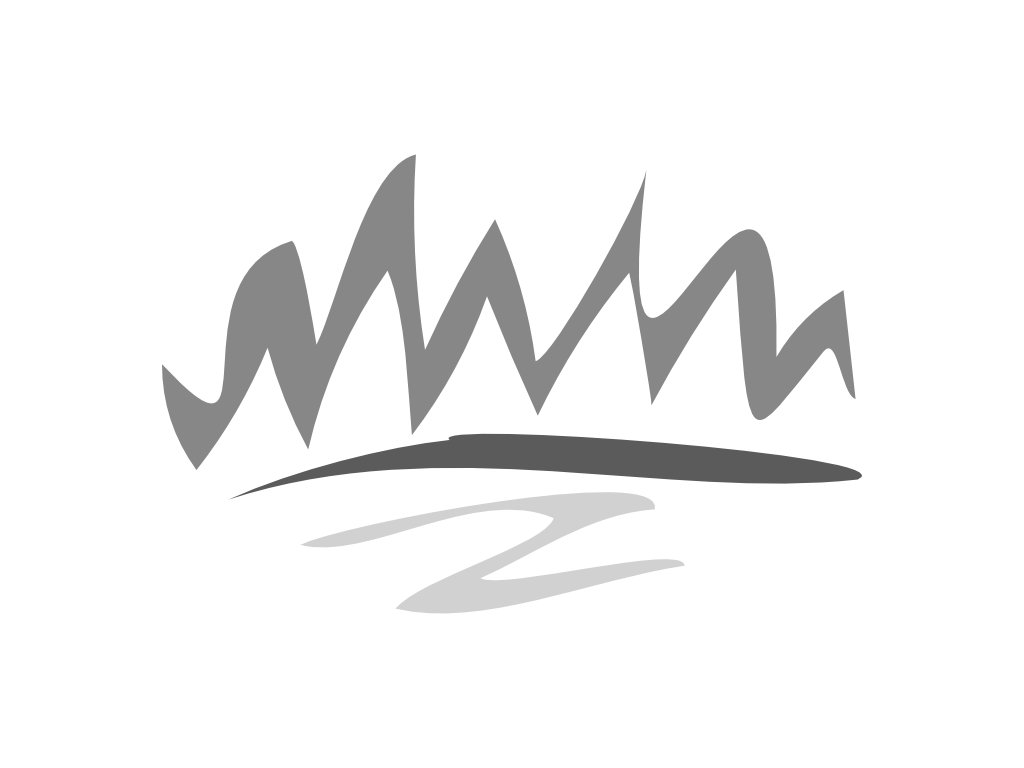
Salvage logging of dead pine creating large openings in central B.C.
VICTORIA – A study released today says that government needs to ensure areas are set aside for biodiversity and wildlife before salvage logging of mountain pine beetle timber clears the forests close to roads and communities in the central interior of B.C.
“At least seven very large openings have emerged on the landscape through a series of relatively isolated, but well-intentioned, decisions about where to place individual salvage cutblocks,” said board chair Bruce Fraser. “These large openings have much less old forest reserved from logging than was recommended by B.C.’s chief forester.”
“There is enough old forest remaining in the area to meet the chief forester’s recommendations,” added Fraser, “but government needs to act quickly to ensure it is not logged as the salvage effort proceeds, and as other uses for the wood, like bioenergy, are developed.”
In 2004, when the allowable annual cut was increased in central B.C. to help salvage the dead pine trees, B.C.’s chief forester advised professional foresters to develop landscape level plans for where to retain mature forest and where to place salvage cutblocks. He also recommended that individual salvage cutblocks should include more patches of mature trees to provide a range of forest types and ages for wildlife and biodiversity and reduce flood risks.
The board examined whether that advice was followed in an area stretching from Burns Lake through Prince George, and south to Quesnel.
The study found that, for a variety of reasons, landscape level planning for the salvage harvesting was not completed. Foresters did leave more trees standing in salvage cutblocks, as the chief forester recommended, but when looking at the big picture across the landscape, it did not achieve the desired result.
“Without a plan for how much mature forest to leave intact, and more importantly, where to leave it to provide the most biological value, these large openings will continue to increase in both size and number, “ said Fraser.
The Forest Practices Board is B.C.’s independent watchdog for sound forest and range practices, reporting its findings and recommendations directly to the public and government. The board can investigate and report on current forestry issues and make recommendations for improvement to practices and legislation.
More information can be obtained by contacting:
Helen Davies
Communications
Forest Practices Board
Phone: 250 213-4708 / 1-800-994-5899
